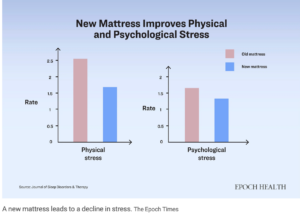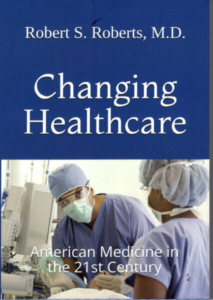
When I was in college, I took a course in Genetics. I clearly remember a trick question on the mid-term exam: What is a safe level of radiation? The correct answer was zero! There is no such thing as a safe level of radiation.
If you asked most people a similar question about alcohol, they probably would say “One beer, or one glass of wine.” Even the Bible says “No longer drink water exclusively, but use a little wine for the sake of your stomach and your frequent ailments.” (I Timothy 5:23)
But George Citroner, writing for The Epoch Times, tells us there is a new study challenging the long-held beliefs about alcohol and brain health. He says, “There may be no safe amount to drink if you want to protect your mind from dementia. Researchers have uncovered evidence that the comforting notion that light to moderate drinking can provide cognitive benefits may not be true. The research directly links alcohol consumption to an increased risk of developing dementia.”
Projected estimates indicate that worldwide, the number of people living with dementia could balloon from more than 57 million in 2019 to nearly 153 million by 2050. This trend points to an urgent need for effective prevention strategies, particularly as research continues to elucidate the complexities of known modifiable risk factors for the condition, such as alcohol consumption. Research published this month in eClinicalMedicine found that increased predicted alcohol consumption based on genetic factors is positively linked with a greater risk of developing dementia among current drinkers.
The findings cast doubt on the idea that any level of alcohol consumption is safe for dementia prevention. While heavy drinking is a well-established risk factor for dementia, whether there is a similar association between light-to-moderate alcohol consumption and dementia has remained a subject of debate.
Past studies often contained biases, such as “abstainer bias” in which nondrinkers tended to be compared with drinkers who may enjoy better health or cognitive function, skewing the results. These analyses sometimes didn’t account for cognitive decline occurring before the study or interactions with pre-existing health conditions.
Claire Sexton, senior director of scientific programs and outreach at the Alzheimer’s Association, told The Epoch Times that there remains some debate regarding the impact of light-to-moderate alcohol consumption. According to Sexton, some studies suggest that “among adults at midlife and older, light to moderate drinking may be associated with lower risk of cognitive decline compared with not drinking.” At the same time, she said, other studies show that “moderate levels of alcohol may be associated with adverse brain outcomes, including lower hippocampal volumes.”
Is there a genetic predisposition to drinking?
The findings of this recent study indicated that individuals possessing genes associated with greater alcohol consumption were more likely to develop dementia, particularly women. According to researchers, this suggests that alcohol may have a direct role in elevating dementia risk, especially among those who consume higher amounts. In men, the risks of alcohol may be masked by other associated risk factors, such as smoking.
The study concluded that a linear relationship exists between alcohol intake and the likelihood of developing dementia, which contradicts prior epidemiological findings suggesting that moderate alcohol intake conferred protective benefits.
“This study reports that higher levels of current alcohol consumption were linked with increased incidence of dementia among current drinkers, and found no ‘safe’ level of alcohol consumption,” Sexton said.
Dr. Asish Gulati, a board-certified neurologist affiliated with George Washington University Hospital in Washington, told The Epoch Times in an email that alcohol can significantly affect brain health, “particularly in areas responsible for memory and cognition.” “Research shows that the hippocampus is particularly vulnerable to alcohol, and even moderate consumption can lead to its shrinkage,” she said.
“Additionally, alcohol use can contribute to overall brain shrinkage and disrupt white matter integrity, which affects brain function.” Gulati said that long-term drinking is associated with various cognitive impairments, including difficulties with learning, memory recall, and executive functioning. “The negative effects of alcohol on brain health are profound, highlighting the importance of moderation and abstinence and awareness of its potential consequences,” she said.
However, ceasing alcohol consumption and adopting a healthy lifestyle can promote recovery. According to Gulati, neurogenesis, or the formation of new neurons, can occur, particularly in the hippocampus, and this can lead to improvements in cognitive functions. “Though complete recovery may not be possible,” she said, “significant benefits can arise from lifestyle changes and abstaining from alcohol.”
“The current study found a positive linear relationship between any level of alcohol consumption and dementia risk,” Gulati said. “While the focus on current drinkers of white British descent may limit the generalizability of the findings, the results underscore the necessity for increased caution regarding any alcohol intake due to its potential detrimental effects on cognitive health.”
Makes you think twice about that beer you were looking forward to drinking!





